machiningMilling and Grinding: Core Technologies and Innovative Applications in Modern Manufacturing
From automotive engines to aerospace precision components, from medical devices to the core components of intelligent equipment, cutting and milling technologies have built the cornerstone of modern industrial manufacturing.
In the wave of intelligent transformation of the global manufacturing industry, cutting processing as the most basic machining method, and milling and grinding processing technology, which combines high efficiency and precision, are jointly promoting the leapfrog improvement of product manufacturing accuracy and efficiency in various industries. Understanding the core principles, advantageous differences and integration of these two technologies has become the key to optimising production processes and enhancing market competitiveness of manufacturing enterprises.
Fundamentals of Cutting: The Universal Language of Manufacturing
Cutting refers to the use of a regular shape of the tool from the surface of the workpiece to remove excess material, so as to ensure that in the geometry, dimensional accuracy, surface roughness and surface layer quality are in line with the design requirements of the machining method. Any cutting process must have three basic conditions: cutting tools, workpiece and cutting motion.
According to the way the tool moves against the workpiece and the shape of the tool, cutting can be classified into a number of different types, mainly including:
Turning: mainly processing shafts, discs, sets and other rotary parts, is one of the most widely used processing methods in machinery manufacturing.
Milling: The use of rotating multi-flute cutters (milling cutters) on the workpiece, can be machined flat surfaces, grooves, complex profiles, etc..
Planing: The relative linear reciprocating motion between the tool and the workpiece to achieve the purpose of planing the surface of the workpiece, mainly used for plane and groove machining.
Grinding: The use of grinding wheels and other abrasives to machine the surface of a workpiece at high linear speeds to obtain high precision and low surface roughness.![图片[1]-切削加工与铣磨加工:现代制造业的核心技术与创新应用(铣磨加工解析:效率与精度的融合创新)-大连富泓机械有限公司](https://cndlfh.com/wp-content/uploads/2025/10/QQ20251002-201449.png)
Drilling, Boring: Mainly used for hole machining and finishing.
Cutting processing can be divided into different stages according to the material removal rate and machining accuracy: roughing, semi-finishing, finishing, finishing, finishing and ultra-precision machining. With the continuous development of machine tools and cutting tools, the precision, efficiency and degree of automation of cutting processing is constantly improving, and the scope of application is also expanding.
Milling and Grinding Analysis: Innovations for the Integration of Efficiency and Precision
Milling and grinding represents an organic combination and innovative application of both milling and grinding processes. It encompasses both the efficient material removal capabilities of milling and the lean surface finish quality of grinding, creating a unique composite machining solution.
Core features of milling
Milling is a machining method that uses a rotating, multi-fluted tool to cut a workpiece. In the milling process:
Motion: The rotary motion of the tool is the main motion, and the linear motion of the workpiece or tool in the direction perpendicular to the main motion is the feed motion.
Cutting characteristics: Due to the use of multi-flute cutting tools, milling has the characteristics of multi-flute cutting, intermittent cutting, good cooling effect, high machining efficiency.
Application: Milling is mainly used for machining flat surfaces, inclined surfaces, shaped surfaces and grooves, etc. It is one of the most widely used machining methods in modern manufacturing.
GrindingTechnical Advantages
Grinding is a method of machining the surface of a workpiece using abrasives such as grinding wheels at a high linear speed. Its significant advantages include:
High-precision capability: The grinding is capable of high-precision and very small surface roughness, and the machining accuracy class is up to IT3-IT7.
Hard Material Handling: The grinding machine is capable of machining harder materials such as hardened steel and carbide.
Excellent surface quality: Grinding results in very smooth surfaces, a key requirement for many precision parts and functional surfaces.
Synergistic benefits of combining milling and grinding
The milling and grinding processes complement each other by organically combining the two processes:
Process Integration: Reduces the number of workpiece clamping and machine changeover times, improving overall machining efficiency.
Quality optimisation: milling as roughing and semi-finishing to remove material quickly; grinding as finishing to ensure final accuracy and surface quality.
Cost control: Reduce single-piece processing costs and man-hour consumption by optimising the process.
Full comparison of milling and grinding
The following table compares in detail the main characteristics of the two machining methods, milling and grinding, to help you make the best choice for your specific needs:
Comparison Dimension Milling Machining Grinding Machining
Processing method Milling the workpiece with a milling cutter Grinding the workpiece with a high-speed rotating grinding wheel
Machining accuracy Precision class IT6-IT12, roughness less than that of a grinder Precision class IT3-IT7, capable of high-precision and very small surface roughness grinding.
Machining efficiency Faster machining speeds, high material removal rates Slower machining speeds, but high efficiency grinding, e.g. power grinding, possible
Applicable materials Widely applicable to all kinds of metal materials Able to process high hardness materials, such as hardened steel, cemented carbide, etc.
Surface quality Relatively large surface roughness Very smooth surfaces can be obtained
Equipment costs Relatively low, widely applicable Often high, especially for high-precision grinding machines
Typical applications Flat surfaces, grooves, complex profiles High-precision surfaces, hard material machining, precision parts
Application scenarios for cutting and milling operations
Aerospace
Cutting and milling play a key role in the aerospace industry, which requires a high degree of precision, reliability and lightweighting of components:
Engine components: Turbine blades, engine cases and other key parts are usually manufactured using a process that combines five-axis milling and precision grinding.
Structural components: Aircraft structural components are often roughed out using high-speed milling, followed by precision grinding to ensure the accuracy of critical mating surfaces.
Automotive Manufacturing
The automotive manufacturing industry is one of the most widely used areas for cutting and machining technology:
Power assembly: engine block, cylinder head, crankshaft and other key parts are heavily used in high-speed milling and precision grinding process.
Transmission: Parts such as gearbox housings and gears rely on a combined machining strategy of milling and grinding.
Medical Device Manufacturing
Medical devices have extremely high requirements for biocompatibility, surface quality and precision:
Implants: Implants such as artificial joints, bone plates, etc. are usually shaped by precision milling and then ground and polished to achieve the required surface quality.
Surgical Instruments: The manufacture of precision surgical instruments makes extensive use of microfabrication and grinding techniques.
Mould Manufacturing Field
The mould and die industry is a key area for the application of milling and grinding technology:
Cavity machining: Mould cavities are usually roughed and semi-finished by high-speed milling, and then precision ground to achieve the final size and surface requirements.
High-gloss surfaces: For moulds that require a mirror effect, precision grinding and polishing are key processes.
Milling and Grinding Technology Trends and Innovations
The rise of composite processing technology
Milling and grinding composite machining centre is the rapid development of high-end manufacturing equipment in recent years, it is integrated in a device milling and grinding functions, to achieve a clamping to complete all processing, greatly improving the machining accuracy and production efficiency.
Intelligent Technology Enablement
With the advancement of Industry 4.0 and smart manufacturing, milling and grinding processing technology is ushering in a new round of changes:
Adaptive machining: Adaptive control system based on real-time sensing data that automatically adjusts machining parameters according to tool wear and material changes.
Digital Twin: digital mapping of machining processes allows optimisation of process parameters in a virtual environment, reducing trial and error costs.
Intelligent monitoring: Artificial Intelligence-based processing status monitoring system, real-time identification of abnormalities and automatic adjustment.
Tool technology and material innovation
Advances in tool technology and materials are directly contributing to the expansion of the boundaries of milling and grinding capabilities:
Super-hard tool materials: The wide application of PCD, CBN and other super-hard tool materials makes high-speed milling of hard materials possible.
Coating technology: New nano-coatings dramatically increase tool life and machining efficiency.
Customised tools: dedicated tools for specific materials and processes to optimise machining results.
How to choose the right processing strategy
In the face of different machining needs, how to scientifically select cutting machining strategy is crucial:
Selection based on material properties
General steel and non-ferrous metals: priority is given to milling for high efficiency and excellent cost.
Hardened steel and carbide: grinding or hard milling technology is required.
Composites and difficult-to-machine materials: specialised tools and process parameters need to be selected according to specific material characteristics.
Decision-making based on accuracy requirements
General accuracy requirements (IT7 and above): priority can be given to precision milling.
High precision requirements (IT5-IT7): Grinding or combined milling and grinding processes are required.
Ultra-high precision requirements (IT3-IT5): Finishing methods such as precision grinding, lapping or polishing must be used.
Considerations based on production lot sizes
Small quantities of single parts: priority is given to CNC milling, with flexible programming and short preparation times.
Medium volume: milling or grinding can be selected according to accuracy requirements.
Large quantities: special production lines can be used to integrate milling and grinding processes and optimise overall efficiency.
With the continuous development of new materials, new technology and intelligent technology, cutting and milling technology is evolving towards more efficient, more precise, more intelligent and more environmentally friendly. Regardless of the size of the enterprise, grasping the cutting processing technology development trend, the rational use of milling and grinding processing innovation process, will occupy the first opportunity in the new round of industrial revolution.
For those who needmachiningThe choice of a partner with advanced milling and grinding processing equipment, rich experience and technical team will be a key decision to ensure product quality and enhance market competitiveness for the enterprises served.

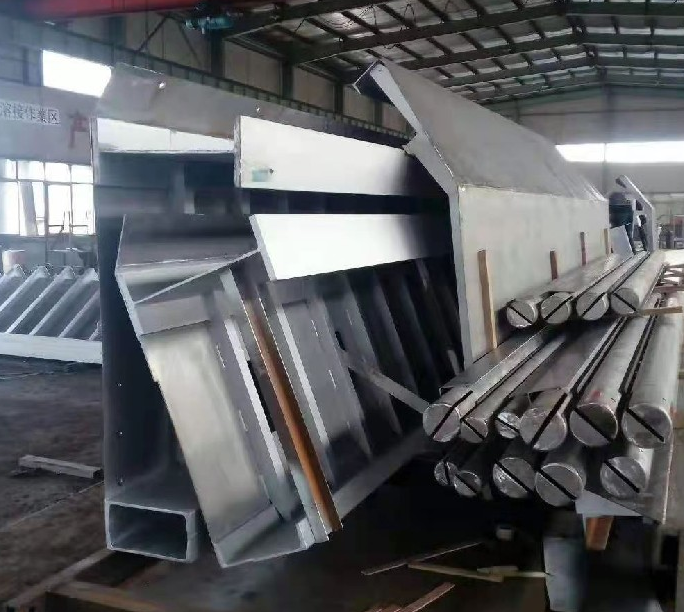


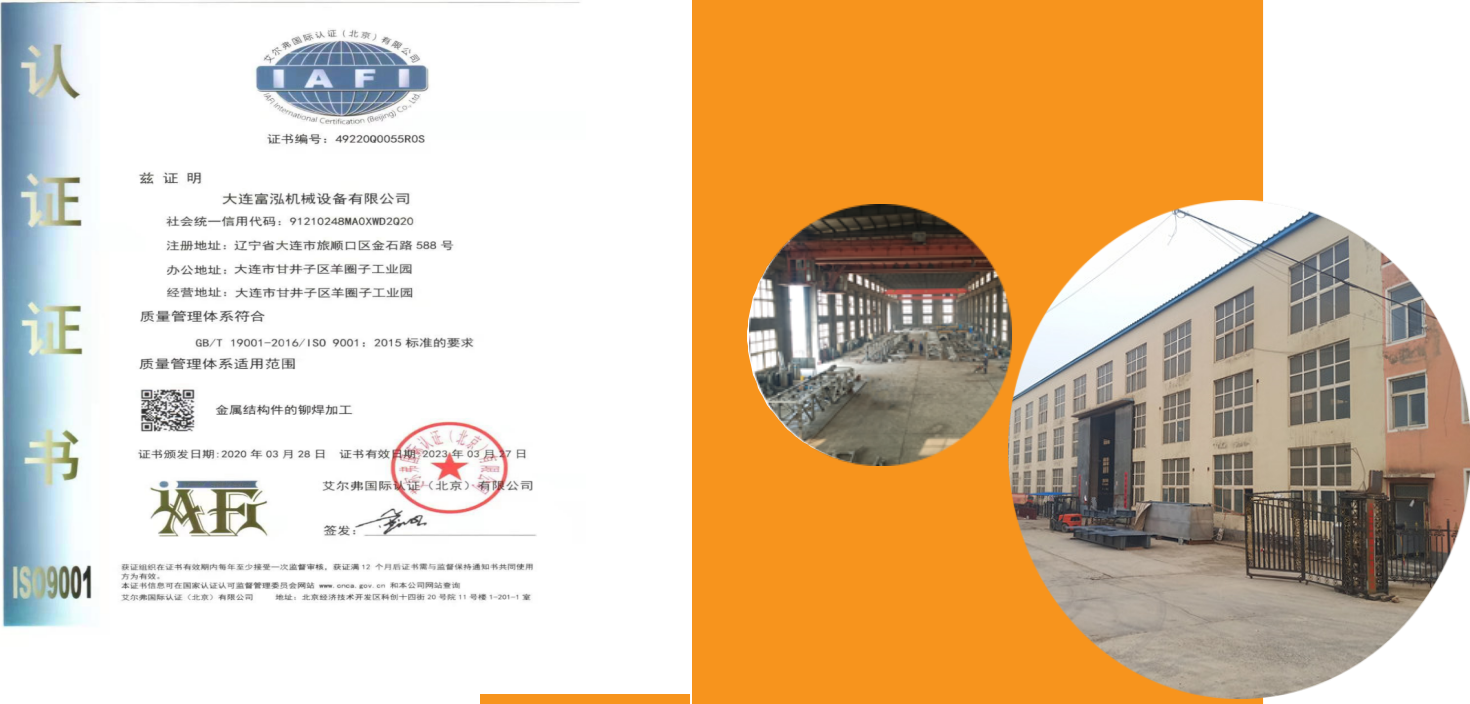
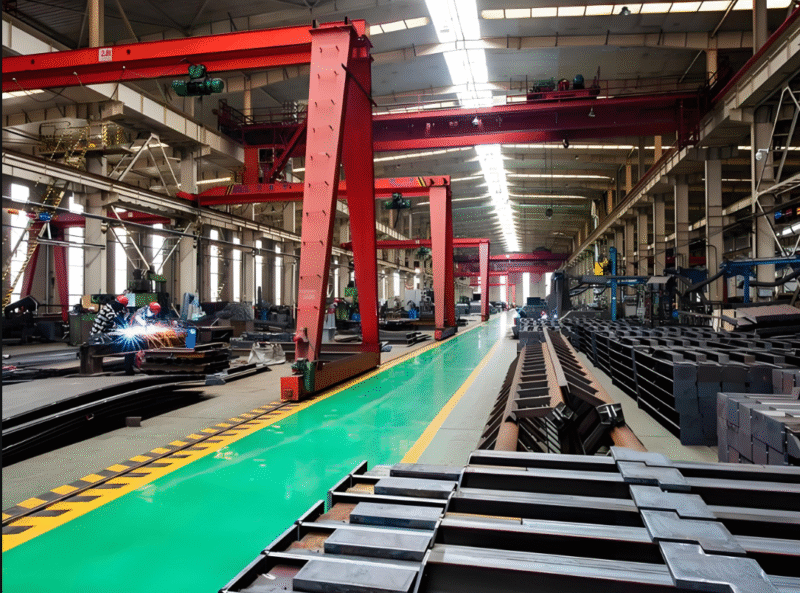

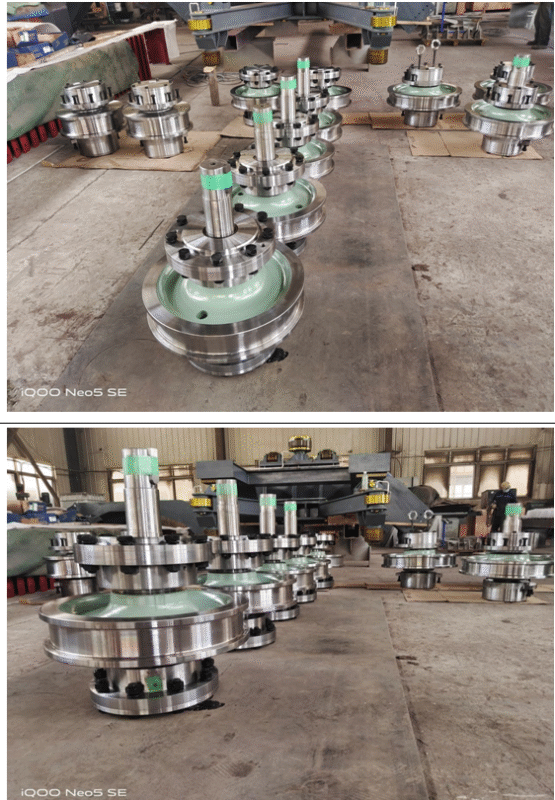
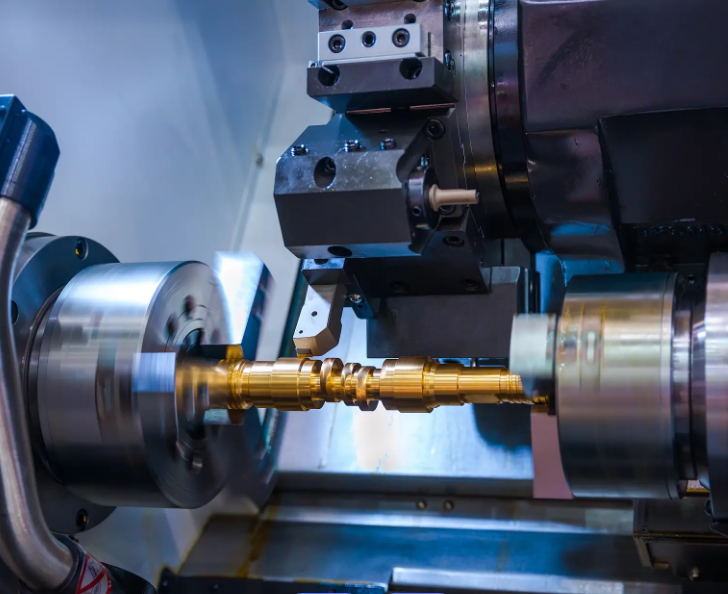
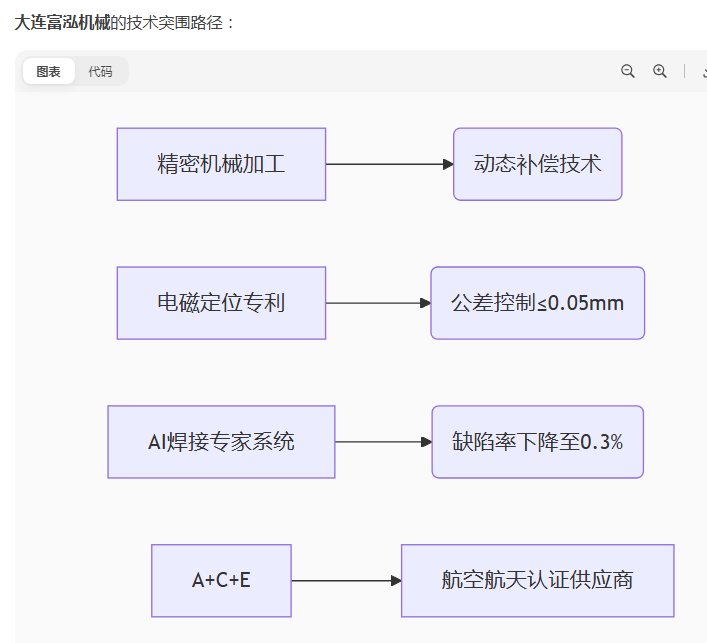
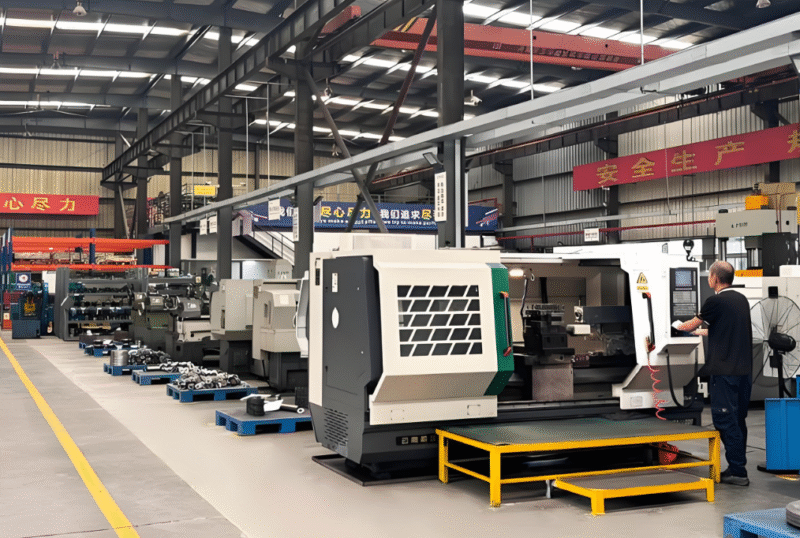
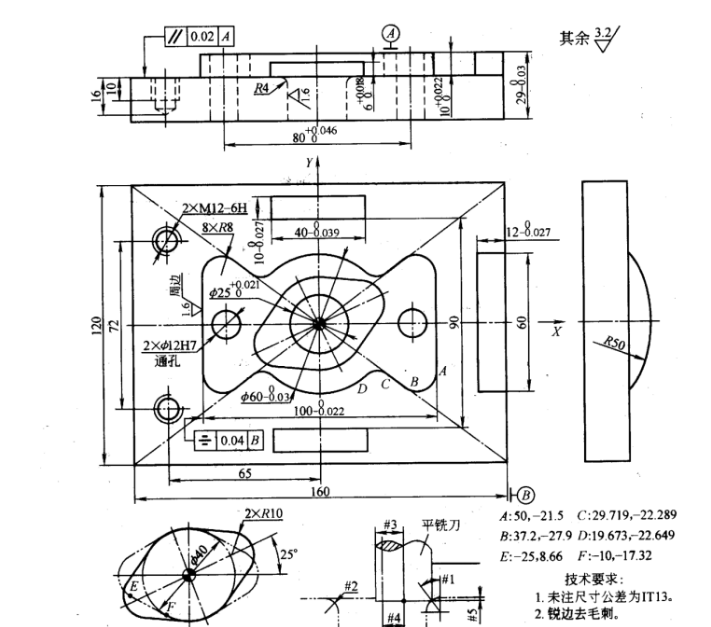
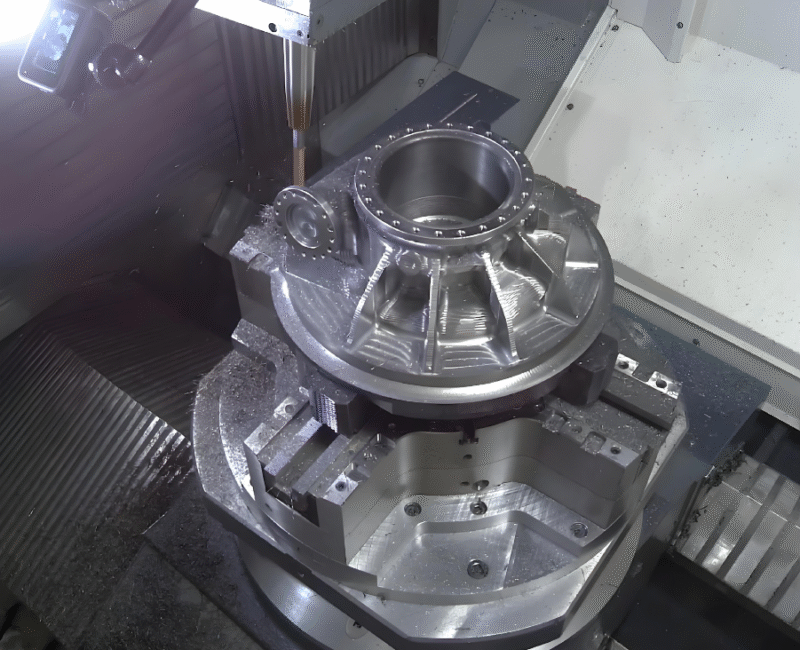

暂无评论内容